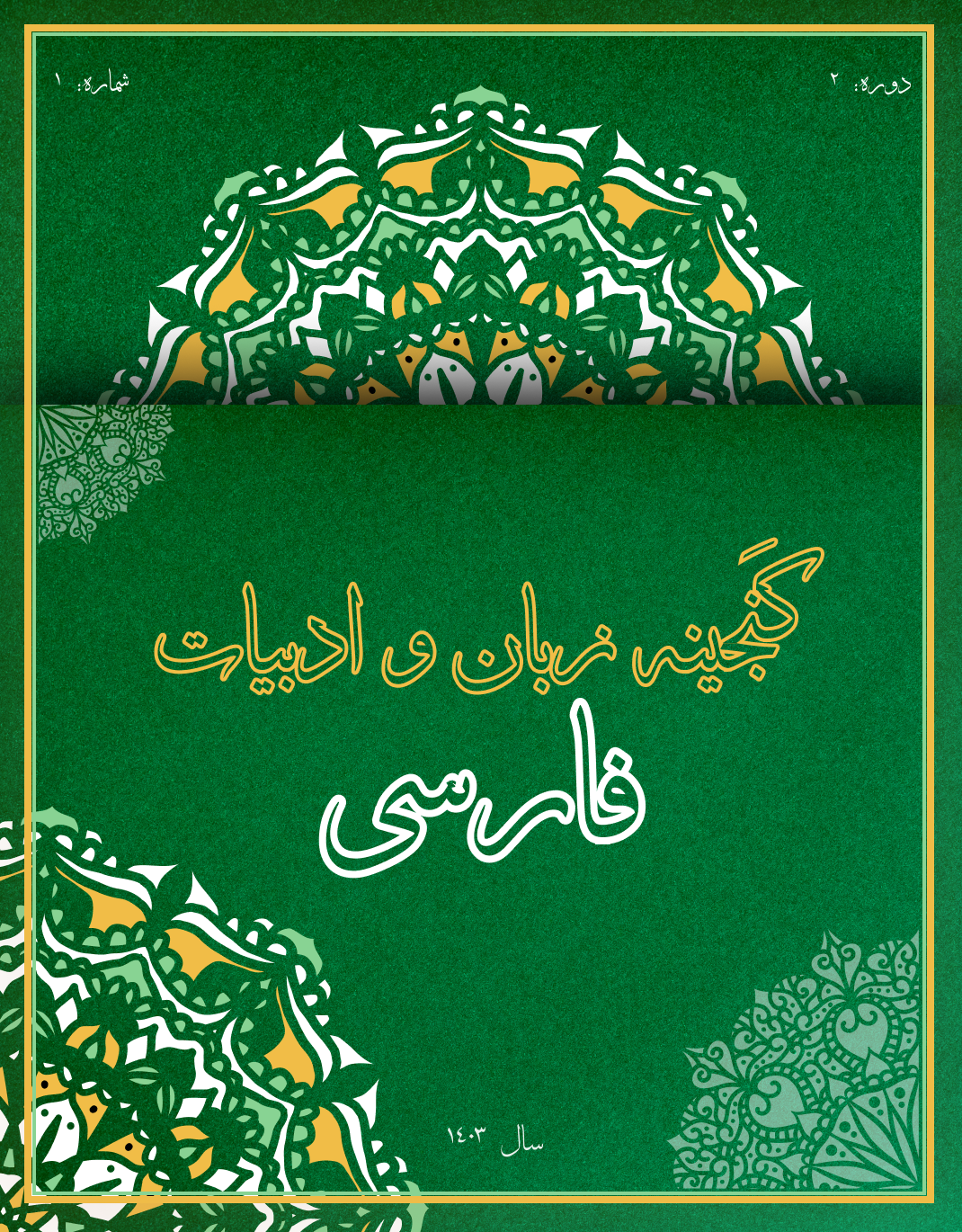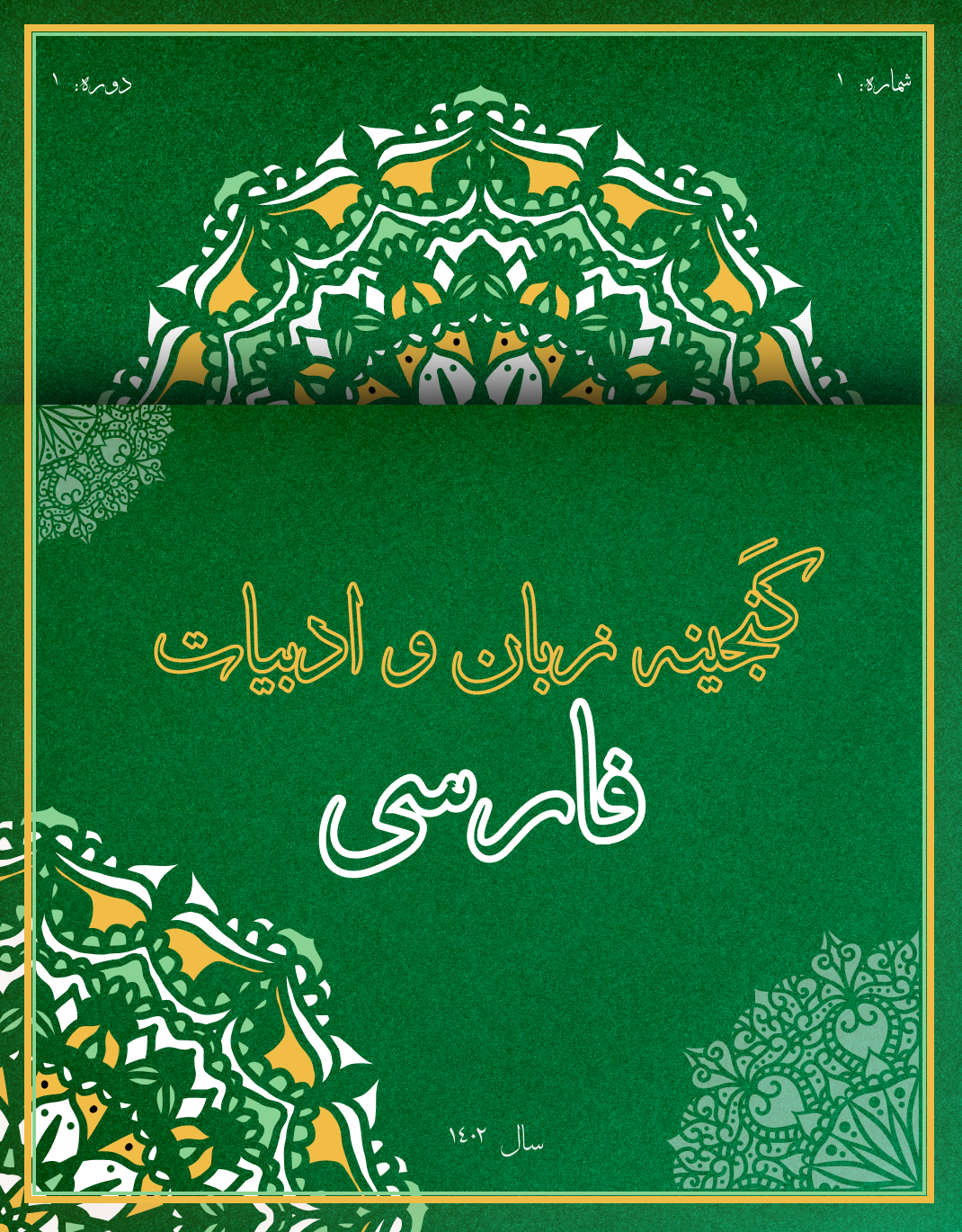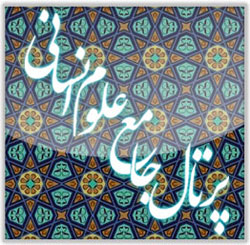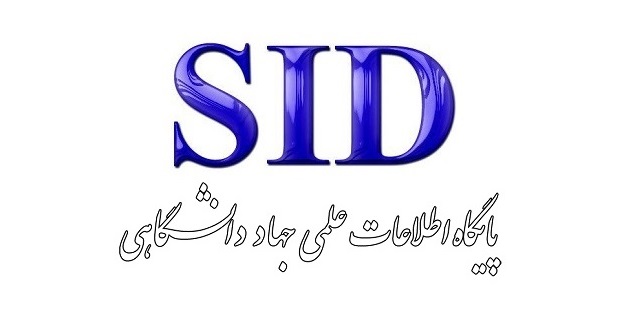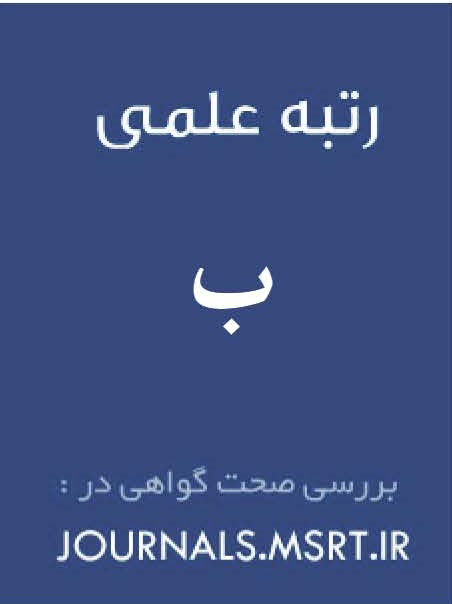A Precise and Comparative Analysis of the Aesthetics of Conceptual Metaphors in Hafez’s Ghazals through a Cognitive Approach and Their Impact on Persian Mystical Literature
Keywords:
Conceptual metaphors, Hafez, Hafez's ghazals, Persian mystical literature, cognitive approach, aesthetics, divine love, annihilation, unionAbstract
This article analyzes the conceptual metaphors in Hafez’s ghazals through a cognitive approach and explores their impact on Persian mystical literature. The main aim of this study is to identify and analyze the conceptual metaphors in Hafez’s poetry and examine their relationship with mystical and philosophical concepts. Hafez’s metaphors, mainly expressed through linguistic images such as "wine cup," "sāqi," and "flute," not only convey complex ideas like divine love, union, annihilation, and spiritual journey but also enhance the aesthetic value of his poetry. This research, based on Lakoff and Johnson's (1980) cognitive metaphor theory, analyzes these metaphors and investigates their connection to mystical concepts. By comparing Hafez’s work with those of later poets like Rumi and Attar, the study examines the influence of these metaphors on subsequent poets. The findings reveal that Hafez created a new language to express mystical and philosophical experiences, whose impact is still evident in Persian mystical literature. These metaphors not only enriched the meaning of Hafez’s poetry but also served as models for later poets in conveying mystical and philosophical ideas. In conclusion, this article highlights the significance of Hafez’s conceptual metaphors in the expansion and continuity of mystical concepts in Persian poetry and their lasting influence on post-Hafez mystical literature.
